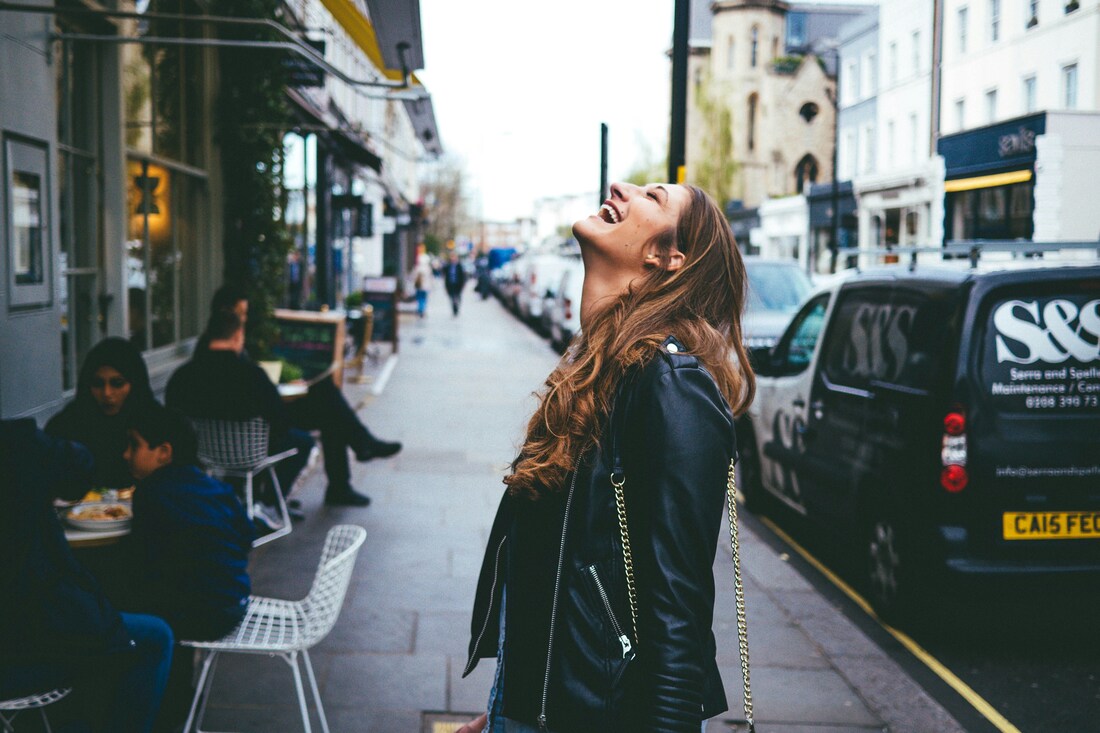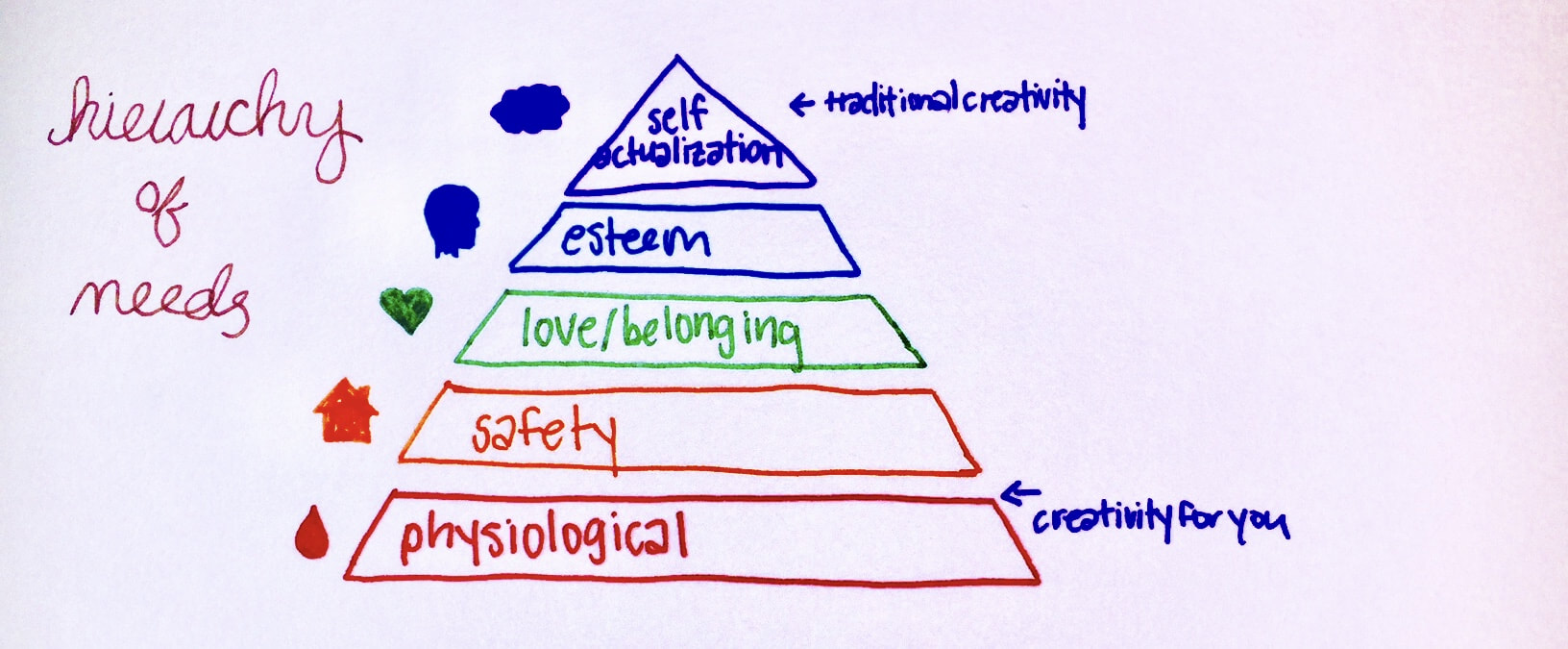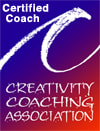Hierarchy of Needs from a Creativity Coach and TherapistI am a Creativity Coach, but I am also a Person Centered Therapist, and these two things go hand-in-hand quite well. You see, both Rogers and Maslow were Humanists, meaning they believed in self actualization-reaching your full potential to find happiness . However, while Maslow focus is on ones' self, Rogers emphasizes the role of the environment. Today we will explore Maslow’s hierarchy of needs, and make some adjustments to account for your creative needs. Your creative needs come from yet another aspect of psychology, personality theory and creativity research which has established the existence of a creative personality: a personality type highly creative people share that has fundamental aspects with specific needs. What you need to know, is that according to the Creative Vitality Theory, Creative People need to create to be well. This is according to my own research, my own practice, and my practice with Creativity Coaching and Creativity Counseling clients. Hierarchy of Needs from Abraham MaslowAbraham Maslow wrote a paper in 1943 called “The Theory of Human Motivation,” in which he introduced a hierarchy of human needs. According to Maslow, there are five levels of needs: physiological, safety, love/belonging, esteem and self-actualization. The levels are often depicted on a pyramid, with physiological at the bottom and self-actualization at the top. As the theory goes, the needs on the bottom level of the pyramid must be fully met before the next layer can be addressed, and so on. Importance is roughly associated with the needs at the bottom of the pyramid first and the top of the pyramid last. Hierarchy of Needs from PsychologyAs theorists do in psychology, they have debated Maslow’s ideas over the years, some agreeing, others disagreeing and most somewhere in between. In my experience, the top three layers of the pyramid (self actualization, esteem, and love and belonging) can overlap and change order depending on any number of personal variables. But, the bottom two, physiological and safety, stay fairly consistently primary needs that must be satisfied before the other three. Physiological needs are generally where I categorize some of the self-care fundamentals I teach my patients, like eating 3 meals a day, sleeping 7 hours each night, keeping your body healthy and active, and so on. In accordance with Maslow, I maintain that these needs must be met before much progress can be made anywhere else (need to improve a relationship? Make sure you are meeting your own basic needs first!). Hierarchy of Needs from Creativity Coaching and Creativity CounselingMaslow’s hierarchy places creativity in the highest category of self actualization. In other words, Maslow essentially believed that physiological, safety, love/belonging and esteem needs had to be met and prioritized before creativity could be addressed and achieved. I can imagine circumstances in which this is true. However, I work with you, a creative person. My research and clinical practice tell me that if you place this level of priority on your creativity, you will suffer. Being creative for you, dear creative, should be in the same group as your physiological and safety needs. Seem extreme? Maybe- but also accurate. In session I will encourage you in the same breath as getting enough food and sleep, to be creative. Your creative soul needs to create to be well, be safe, feel loved, have self esteem, and self actualize! Counseling for an Artist's Hierarchy of NeedsDo not underestimate the power and importance of being creative. Feeling down? Ask yourself how creative you have been. Think about some of your happier and more fulfilled periods in life- how creative were you then? Creativity is your superpower and your gasoline. Evaluate the level of creativity in your life. In Creativity Counseling and Creativity Coaching, you can and strategize how to prioritize your creativity to heal and be well! Online Coaching for Creatives and Online Counseling for Creatives for a Healthy Hierarchy of NeedsIf you are interested in real, impactful and lasting life change for your creative mind, I would love to help you. Let's connect and launch your life to the next level! I have three steps you can take, right now from my site if you are ready to take an important step forward in your life: 1) Take Courses in Creativity. Understand what a Creative Personality is all about, what it needs, and see how your life can change with a regular practice of creativity. Real tools, steps, downloadables, tutorials and more, at your fingertips. 2) Book a Free Consultation. All new clients to Creatively, LLC are entitled to a 15 min, free consultation to sit with me and discuss your needs, services available, and we can problem solve and hand-pick best next steps to help you succeed. 3) Prioritize your creativity. Join my community of artists and the live Online Studio Sessions, each week. More Articles like a Creative Hierarchy of NeedsComments are closed.
|
get more from The Creativity CoursesLiking educational topics and knowing what's hot in creativity? Creatively has online courses, with an interactive creative community, coaching sessions and more in the Creativity Courses. Want these blogposts in a newsletter? Subscribe here, and get a free gift. Cindy Cisnerosis a Creativity Coach, Creative Therapist and Professional Artist in Sykesville, Maryland. She is an expert straddling the realms of arts, creativity research, psychology, therapy, and coaching. She provides Online Creativity Counseling in Maryland and Virginia, and Online Creativity Coaching throughout the USA, Canada and the UK tailored for the discerning, imaginative, artistic, and neurodiverse. The information provided in this blog is from my own clinical experiences and training. It is intended to supplement your clinical care. Never make major life changes before consulting with your treatment team. If you are unsure of your safety or wellbeing, do not hesitate to get help immediately.
Archives
July 2024
|
|
Concierge Therapy for Creatives in Maryland
Creativity Coaching Worldwide including the USA, UK and Canada |
Telephone |
|



 RSS Feed
RSS Feed

